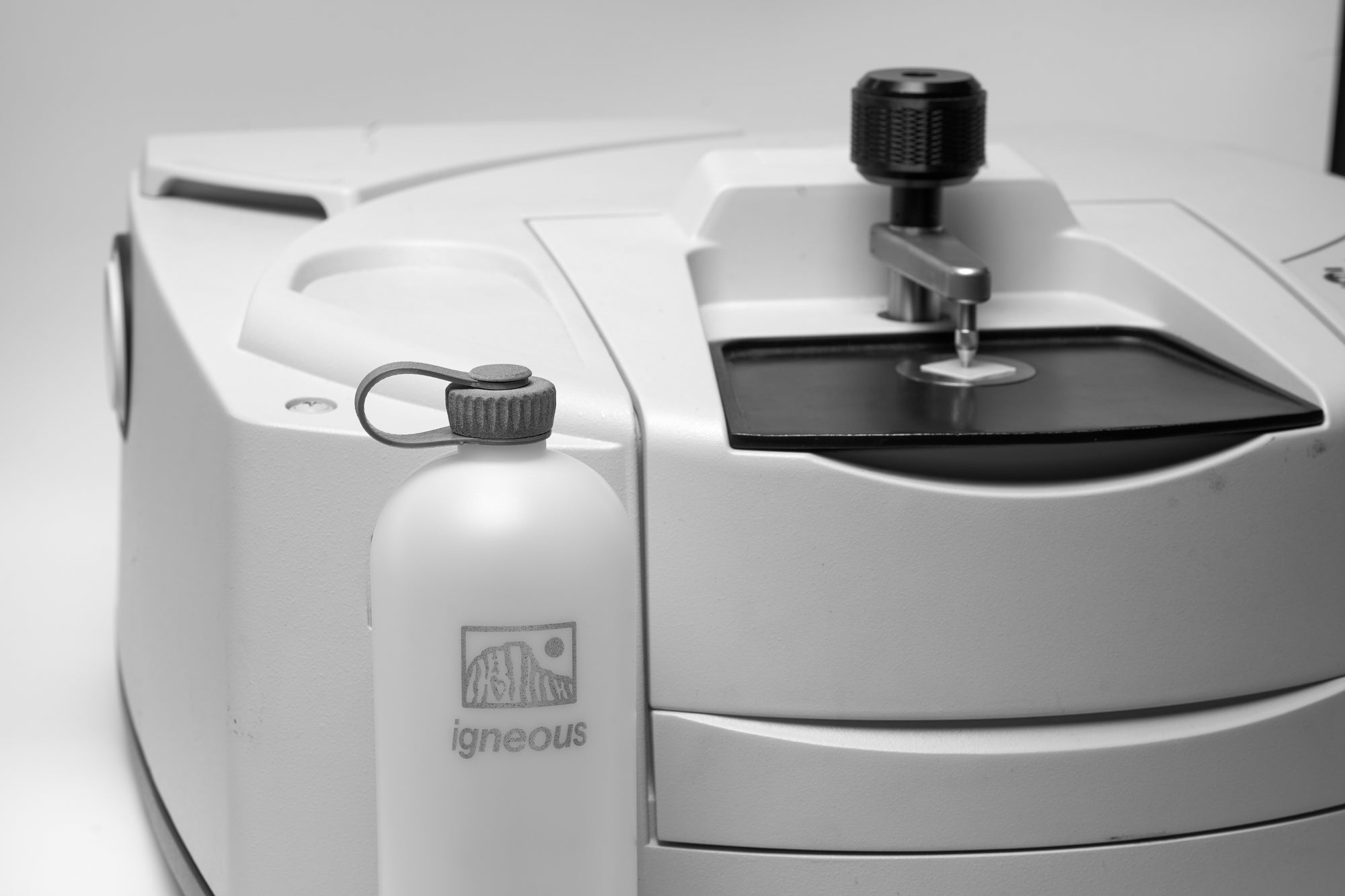When it comes to ultralight backpacking, every ounce counts. Embracing minimalism isn't just about carrying less—it's about carrying smarter. To ensure your gear performs optimally while you're shaving off unnecessary weight, proper maintenance is crucial. In this blog post, we'll explore how minimalist principles apply to gear upkeep and share tips to extend the life of your ultralight equipment.
The Philosophy of Minimalism in Backpacking
Minimalism in backpacking is about more than just reducing weight; it's a mindset that prioritizes functionality, efficiency, and intentionality. By carrying only what you need, you can move more freely, conserve energy, and connect more deeply with the natural world around you.
Key Principles:
- Function Over Form: Choose gear that serves multiple purposes.
- Quality Over Quantity: Invest in durable, high-quality items that withstand the rigors of the trail.
- Mindful Ownership: Take responsibility for maintaining your gear to prolong its lifespan.
The Importance of Gear Maintenance
Ultralight gear often uses advanced, lightweight materials that require specific care to maintain their integrity and performance. Regular maintenance not only ensures your safety and comfort on the trail but also aligns with minimalist values by reducing waste and the need for replacements.
Tips for Maintaining Ultralight Gear
1. Shelter Care
Cleaning and Storage:
- Spot Clean: Use a damp cloth to remove dirt and debris. Avoid harsh detergents that can damage protective coatings.
- Dry Thoroughly: Moisture can lead to mold and weaken fabrics. Air out your shelter completely before storage.
- Store Loosely: Avoid compressing tents and tarps for extended periods. Store them in breathable bags in a cool, dry place.
Repair Kits:
- Carry Minimal Repairs: A small repair kit with patches and seam sealant can address minor damages on the trail.
- Preventative Measures: Use a groundsheet or footprint to protect the tent floor from abrasions.
2. Sleeping Gear Maintenance
Sleeping Bags and Quilts:
- Use a Liner: A lightweight liner keeps your sleeping bag cleaner, reducing the need for frequent washing.
- Air Out Daily: Turn your bag inside out and let it air during breaks to release moisture.
- Proper Washing: Follow manufacturer instructions. Use gentle detergents designed for technical fabrics.
Sleeping Pads:
- Check for Leaks: Periodically inspect for punctures and repair them promptly with a patch kit.
- Protect from Sharp Objects: Clear your campsite of debris before setting up.
3. Backpack Care
- Light Cleaning: Wipe down with a damp cloth. Remove any food residue that could attract wildlife.
- Avoid Overloading: Stick to weight recommendations to prevent strain on seams and straps.
- Regular Inspections: Check buckles, zippers, and straps for signs of wear.
4. Clothing and Footwear
Layering Pieces:
- Wash Sparingly: Frequent washing can wear out technical fabrics. Spot clean when possible.
- Drying: Air dry to preserve fabric integrity and avoid high heat that can damage synthetic materials.
Footwear:
- Footbeds and Insoles: Remove and air out to prevent mold and odors.
- Drying Wet Shoes: Loosen laces, remove insoles, and stuff with dry cloth or paper to absorb moisture.
5. Water Filtration Systems
- Regular Cleaning: Backflush filters according to manufacturer guidelines to maintain flow rate.
- Prevent Freezing: In cold conditions, sleep with your filter to prevent residual water from freezing and damaging the unit.
6. Cooking Equipment
- Minimal Cleaning Supplies: A small piece of sponge or a few drops of biodegradable soap suffice.
- Avoid Abrasives: Use non-scratch utensils to prevent damaging lightweight cookware coatings.
- Fuel Storage: Check canisters for leaks and store them securely to prevent punctures.
7. Electronic Devices
- Power Management: Turn off devices when not in use to conserve battery life.
- Protective Cases: Use lightweight cases or dry bags to shield electronics from moisture and impact.
Extending Gear Lifespan Aligns with Minimalism
By maintaining your gear, you're less likely to need replacements, which aligns with the minimalist ethos of reducing consumption. This approach not only saves you money but also reduces environmental impact by minimizing waste.
Essential Maintenance Tools for the Minimalist
While minimalism encourages carrying less, a few lightweight items can significantly aid in gear maintenance:
- Ultralight Repair Spool: Our Igneous UL Repair Spool combines essential repair tools—Gorilla Tape, nylon cord, and a sewing needle—in a compact package.
- Leukotape Spool: For quick fixes on blisters or gear, the Igneous UL Leukotape Spool provides durable medical tape without bulk.
- Mini Sewing Kit: A needle and a few feet of thread can repair torn fabrics.
- Small Knife or Multitool: Useful for cutting cordage or minor gear adjustments.
Mindful Practices on the Trail
- Gentle Handling: Treat your gear with care during setup and breakdown.
- Leave No Trace: Proper gear maintenance ensures that you're not leaving behind damaged equipment or waste.
- Adapt and Improvise: Use natural resources mindfully to minimize wear on your gear (e.g., sit on a log instead of your pack).
Conclusion
Maintaining your ultralight gear is an integral part of the minimalist backpacking philosophy. By investing time and care into your equipment, you enhance its performance, extend its lifespan, and deepen your connection to the minimalist mindset. Remember, the goal is to carry less and go further—not just in distance, but in your journey towards intentional and sustainable living.
Igneous Outdoor Gear—Optimized for Performance. Explore our range of ultralight maintenance tools to keep your gear trail-ready.



